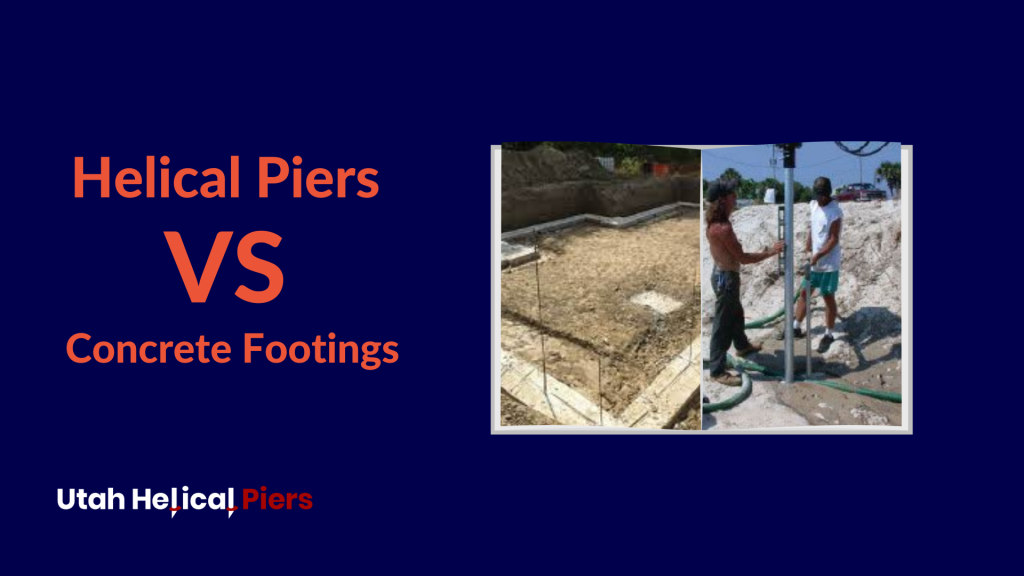
When it comes to building a solid foundation for any structure, there are two options that reign supreme: helical piers cost vs concrete footings. Both have their pros and cons, and choosing the right option can make all the difference in the longevity and stability of your building. Helical piers are a newer technology that have gained popularity in recent years due to their ease of installation and ability to withstand high levels of pressure. On the other hand, concrete footings have been the traditional choice for decades and are known for their durability and strength. So which one is the better choice? In this ultimate showdown, we’ll take a closer look at helical piers vs concrete footings and compare their features, benefits, and drawbacks to help you make an informed decision for your next building project. Get ready to dive into the world of foundation construction and discover the ultimate winner between these two heavyweights.
What are helical piers?
Helical piers, also known as helical piles or screw piles, are a type of deep foundation system that are used to support heavy structures and transfer their load to the soil. They are made up of a steel shaft with helical plates that resemble a screw, which are drilled into the ground using hydraulic machinery. The helical plates act as anchors that provide stability and support to the structure above. Helical piers can be used in a variety of soil types and conditions, and are especially useful in areas with soft or unstable soil.
One of the main advantages of helical piers is their ease of installation. They require less excavation than traditional concrete footings, which means less disruption to the surrounding environment. Helical piers can also be installed in areas with limited access, such as tight spaces or areas with low overhead clearance. Additionally, they can be installed in a matter of hours, which can save time and money on construction projects.
Another advantage of helical piers is their ability to withstand high levels of pressure and tension. The helical plates provide a large surface area that distributes the load evenly, which reduces the risk of settlement or displacement. This makes them an ideal choice for structures that are built on unstable soil or in areas with high seismic activity.
Advantages of helical piers
– Ease of installation
– Can be installed in areas with limited access
– Fast installation time
– Can withstand high levels of pressure and tension
– Suitable for a variety of soil types and conditions
What are concrete footings?
Concrete footings, also known as foundation footings or base footings, are a type of shallow foundation system that are used to support buildings and other structures. They are made up of a reinforced concrete slab that is poured into a trench dug into the ground. The slab is reinforced with steel bars to provide additional strength and durability. Concrete footings are a traditional choice for foundation construction and have been used for decades due to their strength and durability.
One of the main advantages of concrete footings is their ability to support heavy loads. They are a solid and stable foundation system that can withstand the weight of large structures. Additionally, they are resistant to erosion and can withstand harsh weather conditions, making them a reliable choice for long-term stability.
Another advantage of concrete footings is their versatility. They can be used in a variety of soil types and conditions, and can be customized to fit the specific needs of each project. They can also be designed to incorporate features such as insulation, waterproofing, and drainage systems.
Advantages of concrete footings
– Can support heavy loads
– Resistant to erosion and harsh weather conditions
– Versatile and customizable
– Can incorporate features such as insulation, waterproofing, and drainage systems
Helical Piers VS Concrete Footings
Both helical piers and concrete footings have their advantages and disadvantages, and choosing the right option depends on a variety of factors. Here are some of the key differences between the two foundation systems:
Installation process
Helical piers are installed by drilling the steel shaft into the ground using hydraulic machinery. This process is relatively quick and easy, and can be done in a matter of hours. Concrete footings, on the other hand, require a more involved process that includes digging a trench, pouring and curing the concrete, and waiting for the concrete to set. This process can take several days or even weeks, depending on the size and complexity of the project.
Cost
The cost of foundation construction can vary widely depending on the size and complexity of the project, as well as the type of foundation system used. In general, helical piers tend to be more expensive than concrete footings due to the cost of the materials and the specialized equipment needed for installation. However, helical piers may be a more cost-effective choice for projects with limited access or difficult soil conditions, as they require less excavation and preparation work.
Durability
Both helical piers and concrete footings are durable foundation systems that can provide long-term stability to a building or structure. Helical piers are designed to withstand high levels of pressure and tension, which makes them a good choice for areas with unstable soil or seismic activity. Concrete footings are resistant to erosion and weather damage, and can provide a solid and stable foundation for heavy structures.
Maintenance
Maintenance requirements for foundation systems will vary depending on a variety of factors, including the climate, soil conditions, and type of foundation used. In general, helical piers require less maintenance than concrete footings due to their durability and resistance to erosion. Concrete footings may require periodic inspection and maintenance to ensure that they remain stable and secure.
Factors to consider when choosing between helical piers and concrete footings
When choosing between helical piers and concrete footings for your building project, there are several factors to consider:
– Soil conditions: Consider the type and condition of the soil at the project site, as this will impact the stability and durability of the foundation system.
– Load requirements: Consider the weight and size of the structure that will be built on the foundation, as this will impact the strength and stability requirements of the foundation system.
– Access: Consider the accessibility of the project site, as this will impact the ease and cost of installation for both helical piers and concrete footings.
– Climate: Consider the climate and weather conditions at the project site, as this will impact the durability and maintenance requirements of the foundation system.
Helical piers installation process
The installation process for helical piers involves several steps:
1. Site preparation: The project site is prepared by clearing any obstacles and marking the location of the piers.
2. Equipment setup: The hydraulic machinery and helical piers are brought to the site and set up.
3. Pier installation: The steel shafts with helical plates are drilled into the ground using the hydraulic machinery. The depth of the piers will depend on the soil conditions and load requirements.
4. Load transfer: Once the piers are installed, the load of the structure is transferred to the piers through a bracket or pile cap.
Concrete footings installation process
The installation process for concrete footings involves several steps:
1. Site preparation: The project site is prepared by clearing any obstacles and digging a trench for the footings.
2. Reinforcement installation: Steel bars are placed in the trench to reinforce the concrete slab.
3. Concrete pouring: The concrete is mixed and poured into the trench, and leveled and smoothed to create a uniform surface.
4. Curing: The concrete is left to cure for several days or weeks, depending on the size and complexity of the project.
5. Load transfer: Once the concrete has cured, the load of the structure is transferred to the footings through a bracket or pile cap.
Cost comparison between helical piers and concrete footings
The cost of foundation construction can vary widely depending on a variety of factors, including the size and complexity of the project, the type of foundation system used, and the location of the project. In general, helical piers tend to be more expensive than concrete footings due to the cost of the materials and the specialized equipment needed for installation. However, helical piers may be a more cost-effective choice for projects with limited access or difficult soil conditions, as they require less excavation and preparation work.
Conclusion
In the ultimate showdown between helical piers cost vs concrete footings, there is no clear winner. Both foundation systems have their advantages and disadvantages, and choosing the right option depends on a variety of factors such as soil conditions, load requirements, access, and climate. Helical piers are a newer technology that offer ease of installation and the ability to withstand high levels of pressure, while concrete footings are a traditional choice that offer durability and strength. Ultimately, the decision between helical piers and concrete footings should be based on a careful evaluation of the specific needs of each project.

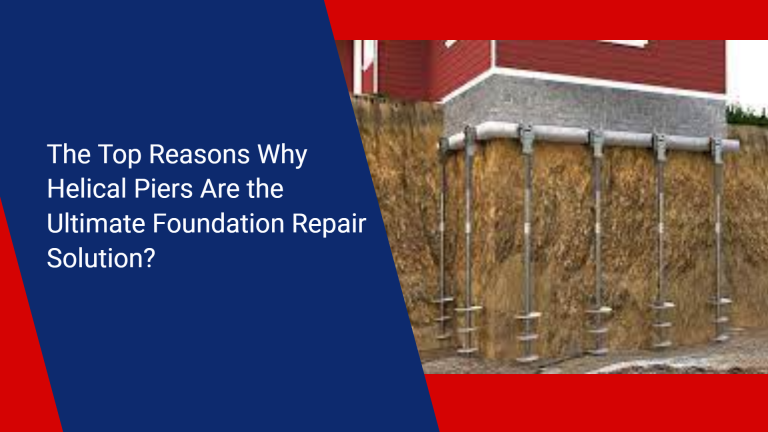

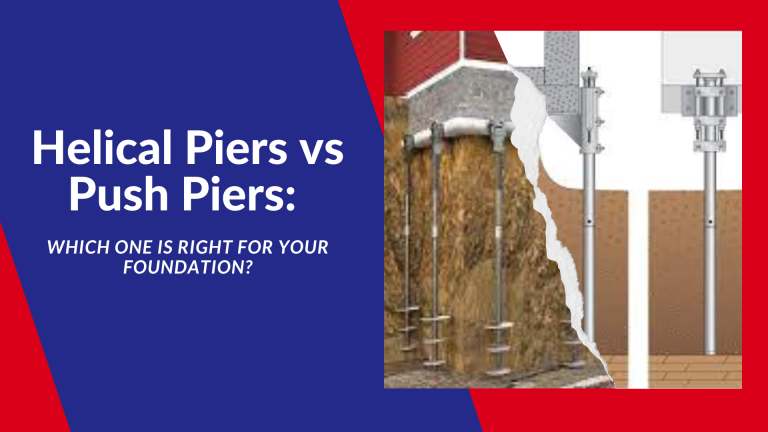
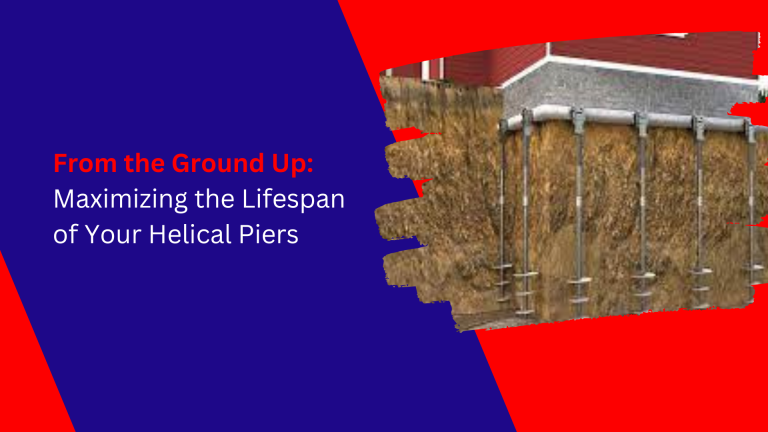
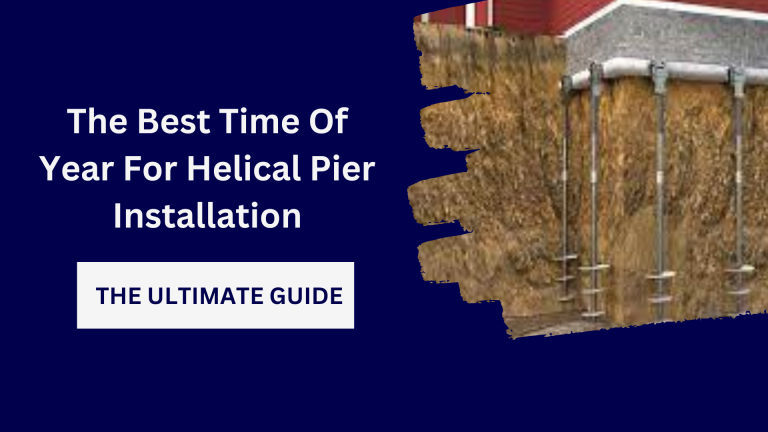
https://shorturl.fm/oYjg5
https://shorturl.fm/6539m
https://shorturl.fm/5JO3e
https://shorturl.fm/N6nl1
https://shorturl.fm/bODKa
https://shorturl.fm/N6nl1
https://shorturl.fm/XIZGD
https://shorturl.fm/m8ueY
https://shorturl.fm/oYjg5
https://shorturl.fm/I3T8M
https://shorturl.fm/fSv4z
https://shorturl.fm/TDuGJ
https://shorturl.fm/I3T8M
https://shorturl.fm/hQjgP
https://shorturl.fm/47rLb
https://shorturl.fm/Kp34g
https://shorturl.fm/DA3HU
https://shorturl.fm/TDuGJ